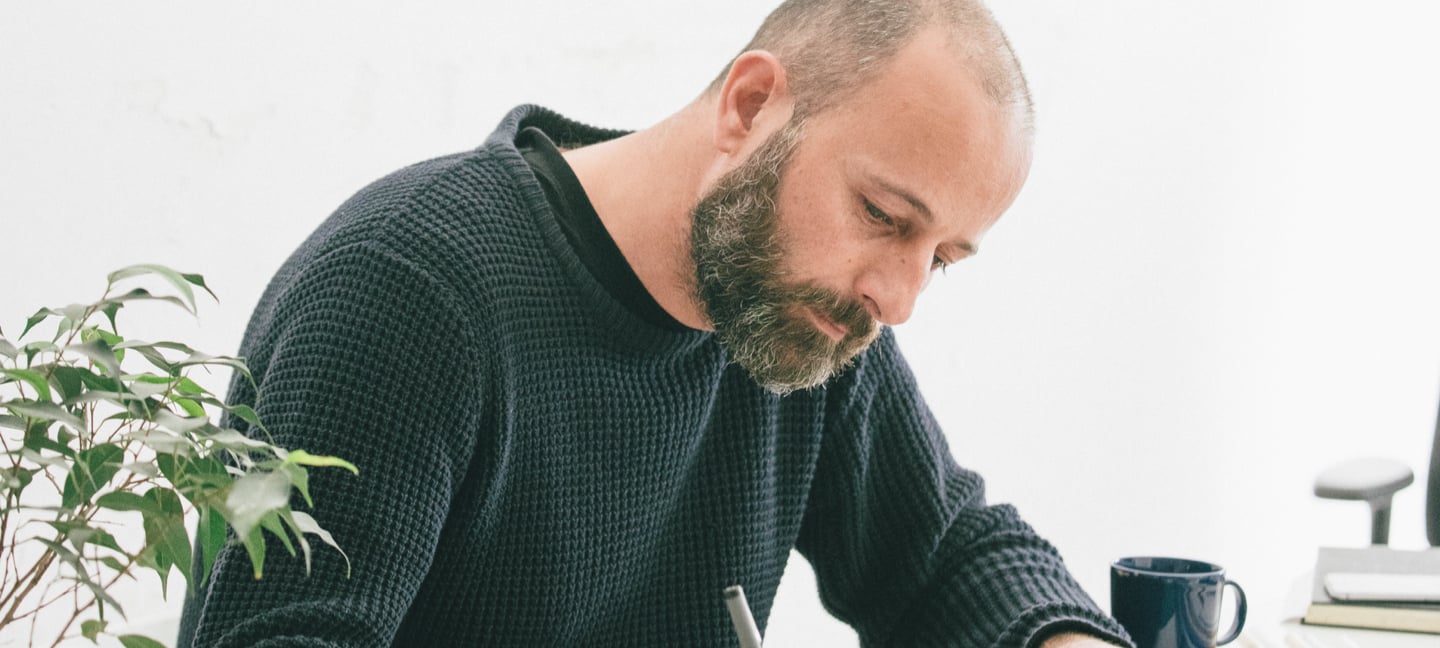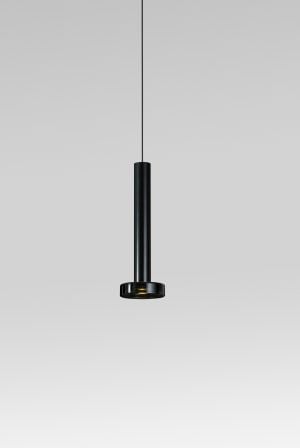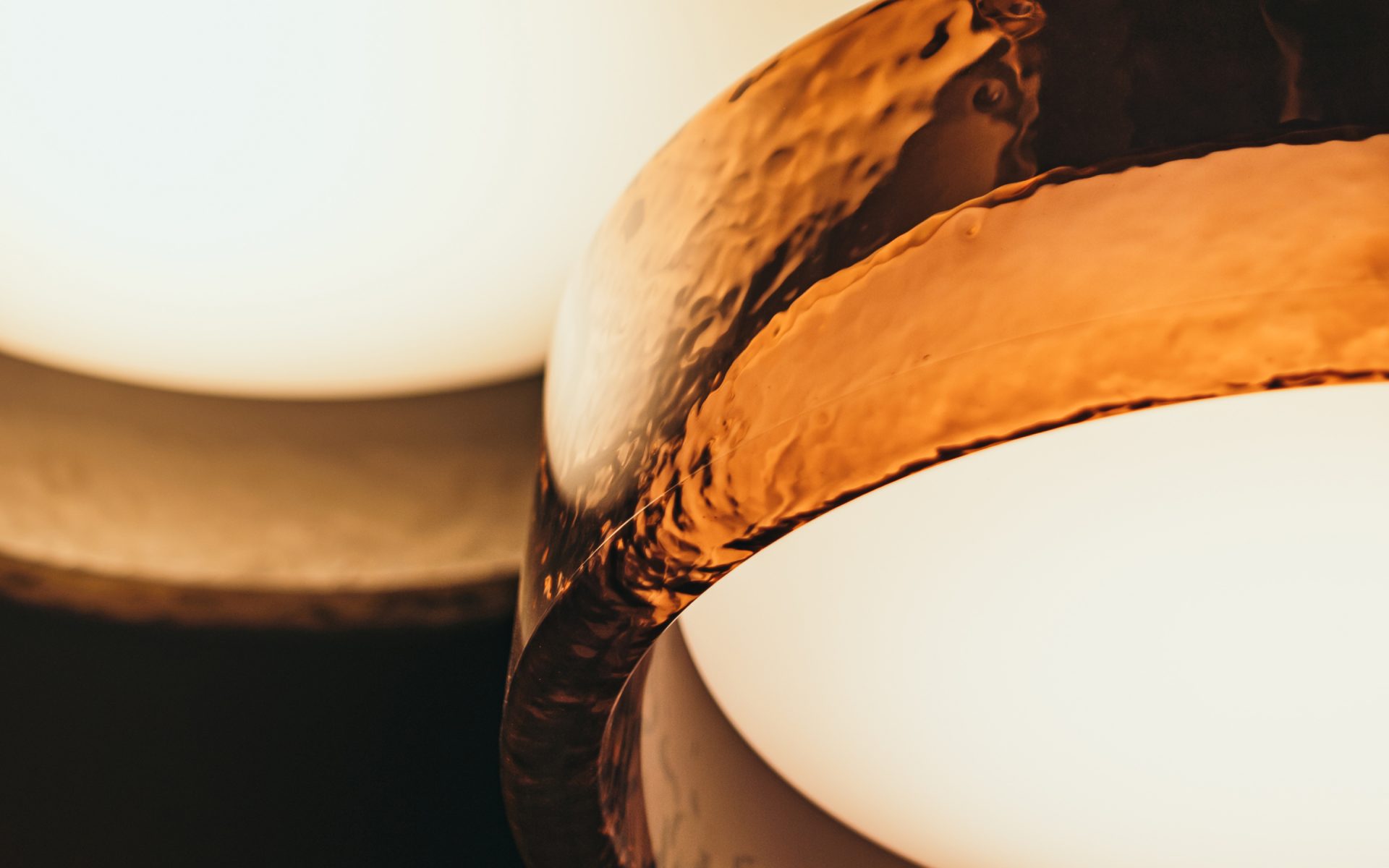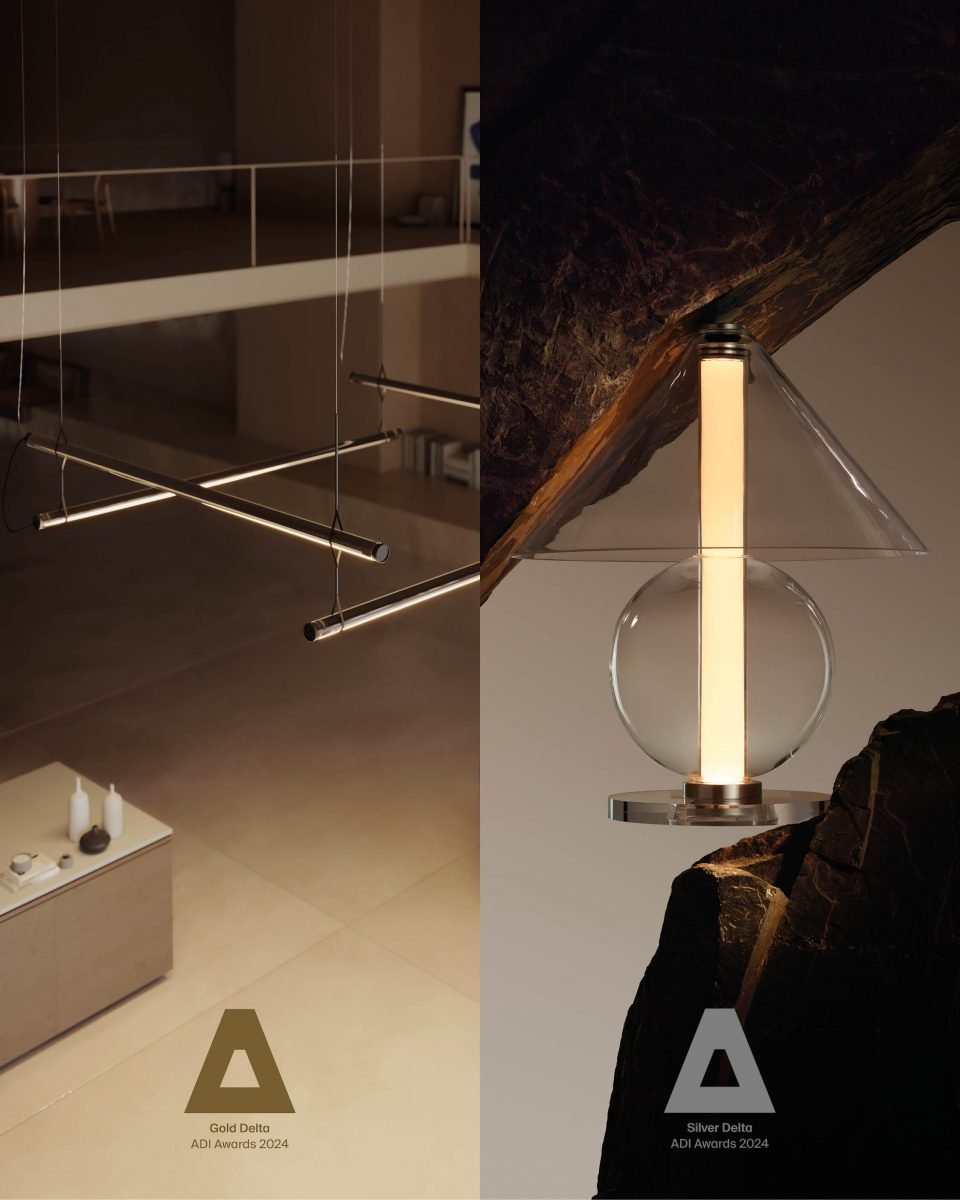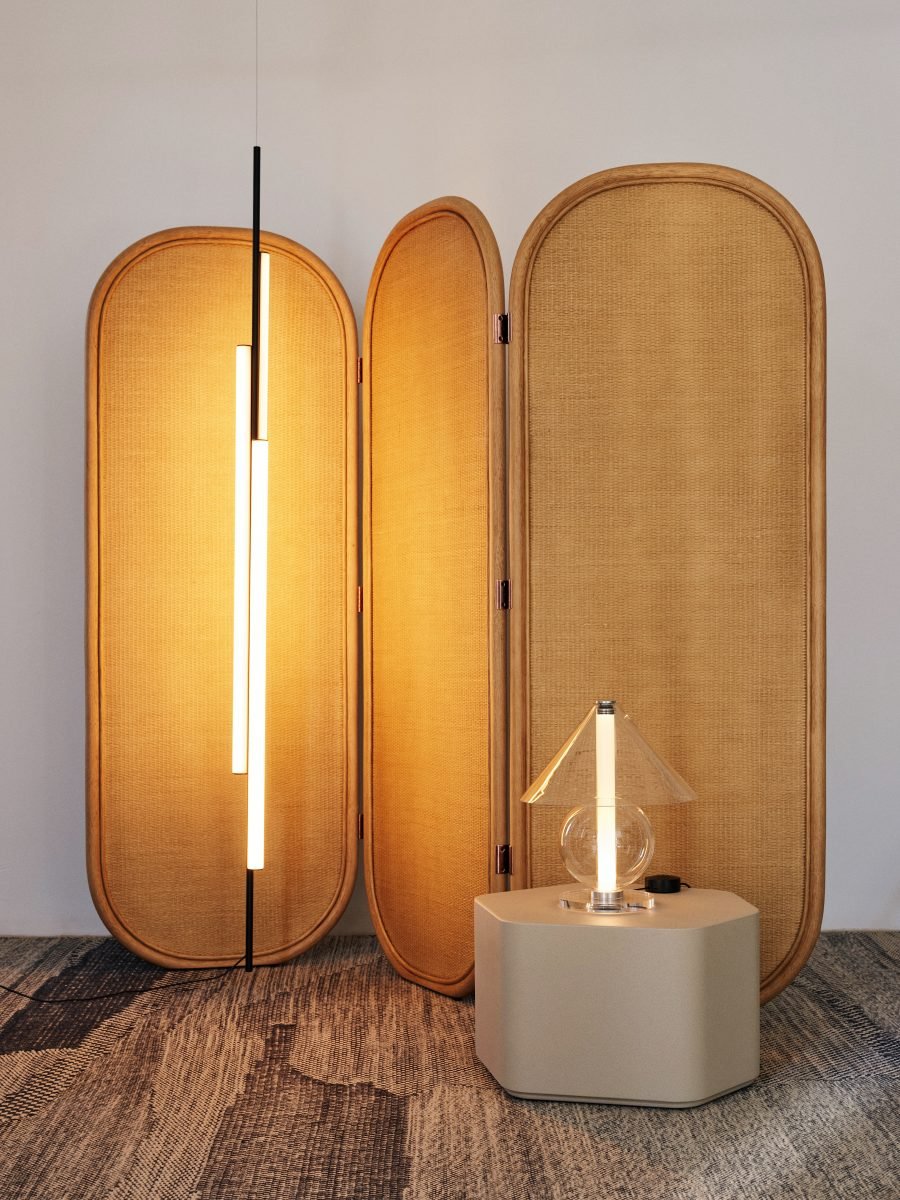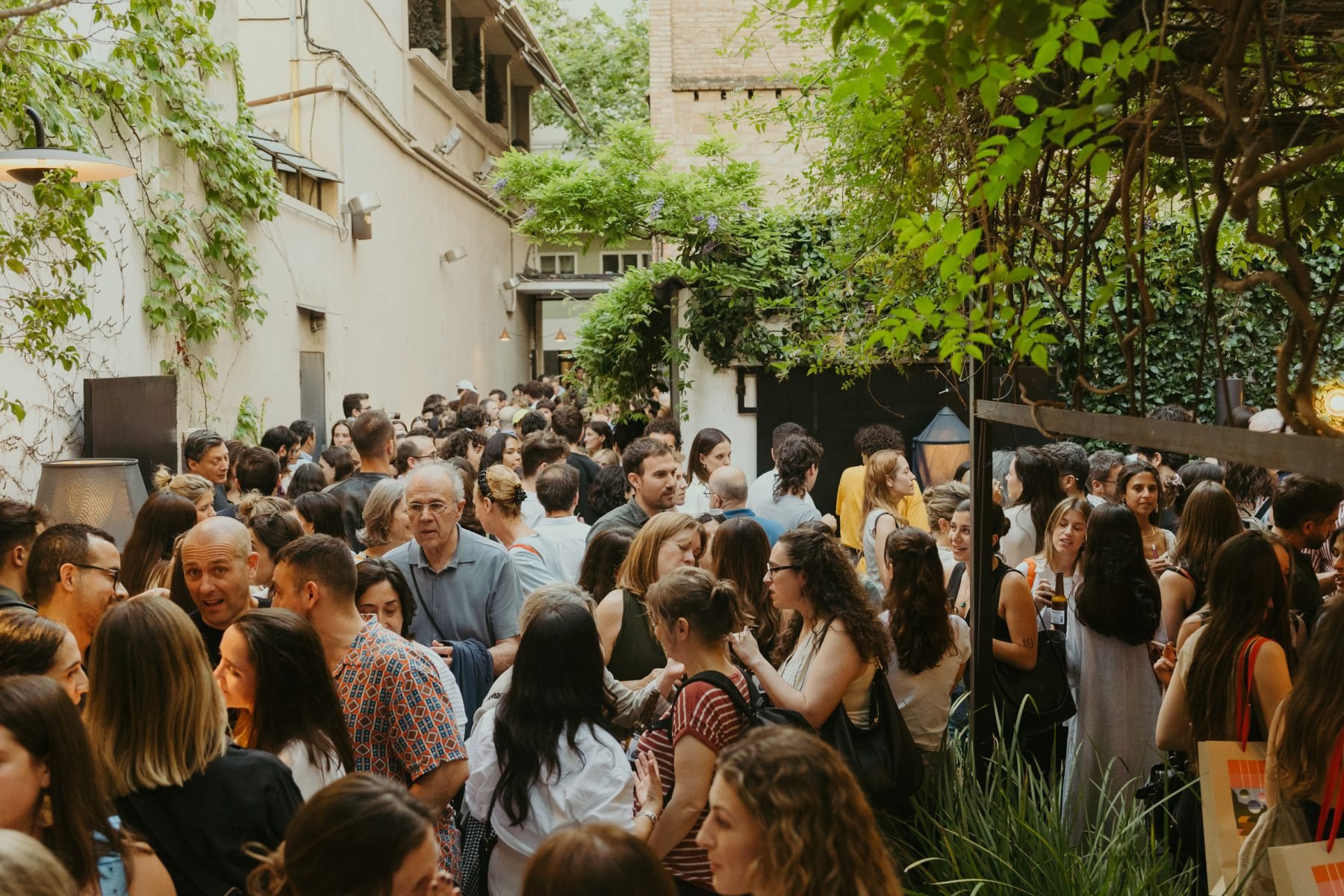Jaume Ramírez: “If you disconnect an object from the human condition, it is no longer needed”
When creating a new design, innovation and originality are certainly aspects to consider. Where does the relationship between contemporaneity and uniqueness come along?
The innovation and novelty of lamps are taken for granted. However, in our case, it is a thought executed and given as trial and error, until we manage to achieve a design. However, crafts are not part of our study. The same idea can be either handcrafted or mass produced and a priori we don’t take it into account. Bouroullec once said: "There is a version that is made for a guitar solo and another for when an orchestra plays." When you work in a company, the version you have to make is the orchestra version, and that means there are many variables to take into account.
Beyond illumination, what do you think are the other aspects a lamp can bring into an environment?
A lamp emphasizes the human condition. People can choose a lamp for its function only, but staging is essential to see how it can fit. The moment you think about placing and fitting, is when the possibilities can expand and vary. Once you realize that, the mental conditions come into account.
The interaction between user and light source is a key element in your designs, a relationship that goes beyond switching on and off. Why do you think it is necessary to give the user freedom in terms of usability?
The lights are made for the users. We take usability as a design exercise, thought from a poetic and magical perspective, in which we start to consider the user being able to move the point of light and take it wherever he wants, being able to make it invisible or visible. If you disconnect an object from human condition, the object is no longer needed. It could fit into a space but it won’t be a functional object, and that’s why I really like the idea of being able to manipulate it.
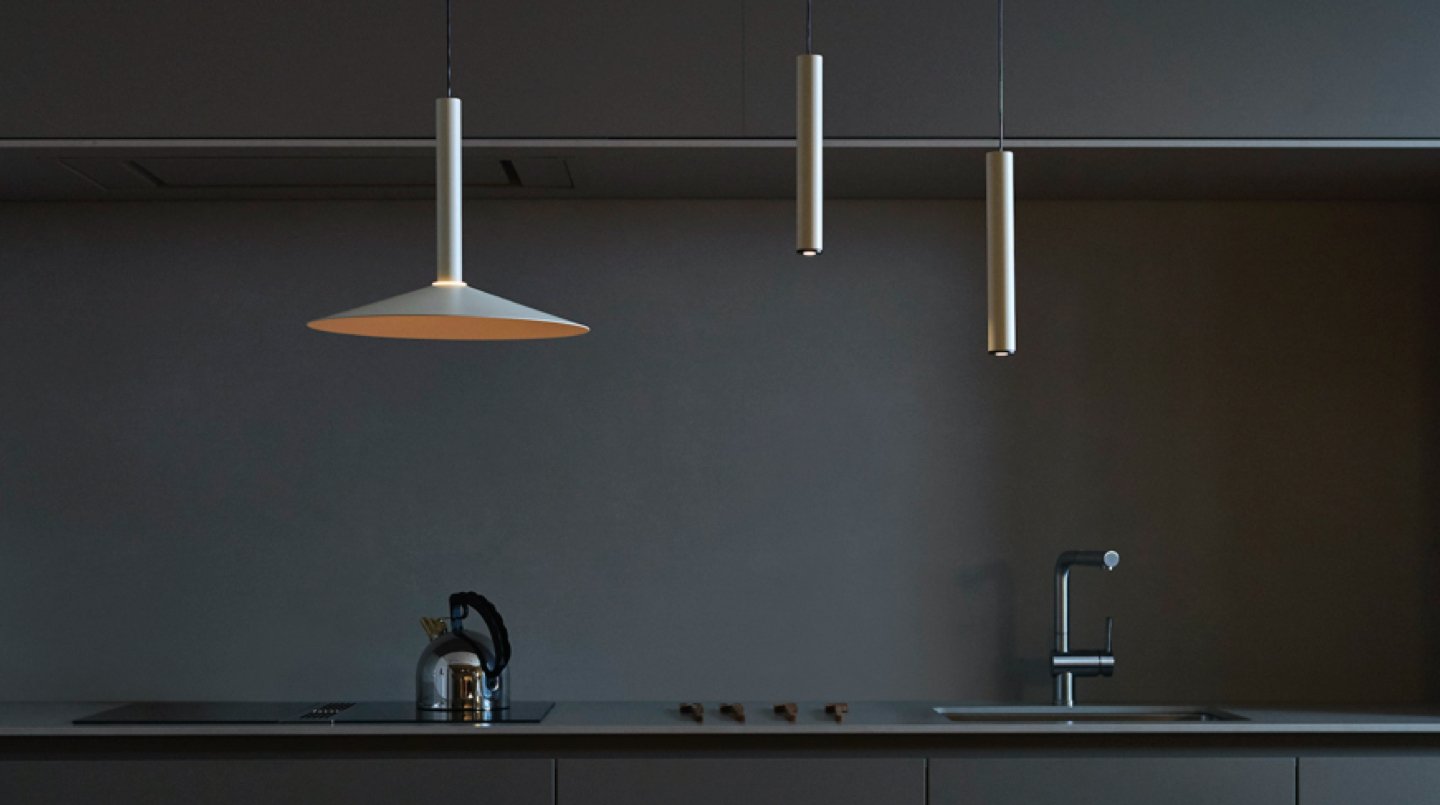
Which are the specific values that you want to highlight in your designs?
Above all, I always want to highlight the relationship with the human condition. In our designs the direct relationship between the object and the person is always very important and I would say that it is the first factor that we take into account when designing.
The Milana lamp is a very versatile lamp by being able to add a screen to its focus, as well as allowing its mobility. What do you think these variables contribute to the light distribution?
It provides more options. For instance, the cylinder creates an impeccably spot with invisible light. But, the screen marks a light area in a premeditated way and, therefore, generates a space where you can see where it's located. Consequently, the object is no longer just a cylinder and a screen, through the counterweight you are allowed to vary and position the rope at different distances from the ceiling. The object becomes something that takes up all the space.
Which scenarios did you imagine when you were conceptualizing the design of the Milana?
In every scenario that I could think of. I started with a very specific one which is a house. Having a lamp in a familiar space, with small variations, creates an object that is no longer just a simple cylinder and a screen. The Milana can be a simple object where the light is in a single point, but you can also make combinations that expand an entire room.
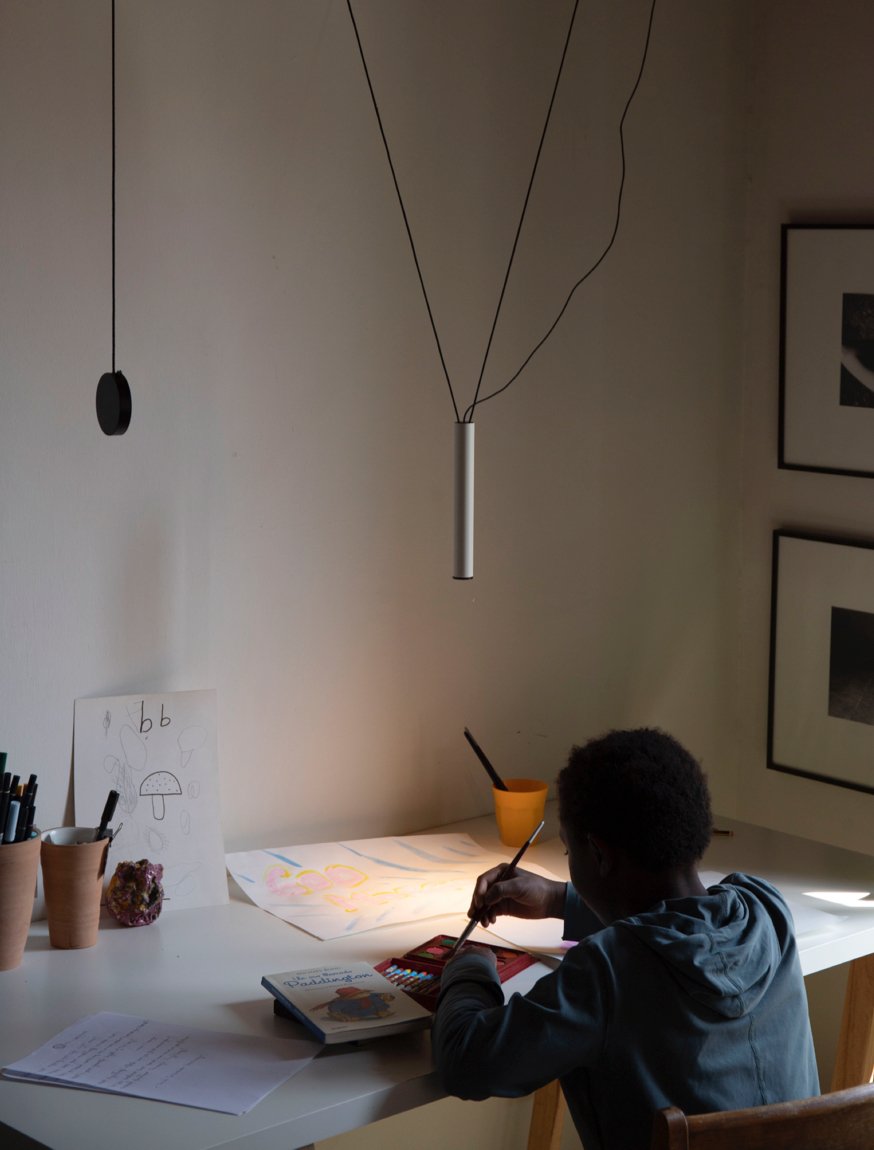
The Copernica is another design you made for Marset, which has elements in common with the Milana such as its mobility, its wide range of colors and its clean and geometric shapes. Do you think this is something common in your designs?
At the studio, when we create and experiment, all of these elements are present. Plastically they are two different models, but from our purpose they are the same. They are different designs with a very similar perspective, due to the fact of being able to move a point of light and put it wherever you want. The Milana starts from the Copernica, the counterweight is placed for the same purpose and, piece by piece, it gets transformed as you interact with it.

